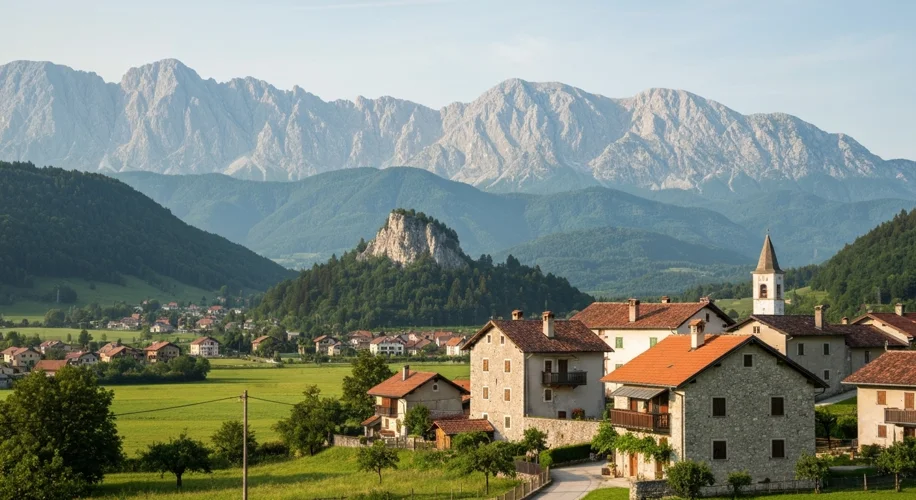It’s a funny thing, how a simple comment on a website can spark a deeper reflection. Recently, I stumbled upon a Reddit post where someone shared a profoundly moving experience in Slovenia. It wasn’t about a famous landmark or a grand historical event, but about a simple, genuine human connection they made. This resonated with me deeply, reminding me of why I travel and study history – it’s always about the people.
Slovenia, for many, might conjure images of the picturesque Lake Bled or the charming capital, Ljubljana. And while these places are indeed beautiful, my own research and travels have shown me that the country’s true magic lies in its rich history and the enduring spirit of its culture. It’s a land that has been shaped by centuries of diverse influences, from Roman rule to the Austro-Hungarian Empire, and even periods under Slavic and Germanic kingdoms.
Consider, for instance, the legacy of the Habsburg Monarchy. For centuries, Slovenia was an integral part of this vast empire. This period left an indelible mark on its architecture, its administrative structures, and even its cuisine. Walking through towns like Ptuj, one of the oldest in Slovenia, you can still see the remnants of Roman settlements alongside medieval castles and Baroque squares, each layer telling a story of the different peoples who have called this land home.
My own journeys often lead me to archives, poring over documents that speak of daily life centuries ago. I’ve spent time in the Slovenian National Archives, tracing the lineage of families, the economic exchanges, and the social customs that defined life during the 18th and 19th centuries. It’s in these quiet rooms, surrounded by the scent of old paper, that the abstract historical periods I studied as a professor come alive.
What strikes me about Slovenia is how this historical tapestry is woven into the present. The resilience of the Slovenian people, their connection to their traditions, and their warmth towards visitors often stem from this layered past. The Reddit post I mentioned captured this perfectly – a traveler finding not just sights, but a connection with the local inhabitants, a shared moment of understanding that transcends language and background.
It’s these encounters that transform a trip from mere sightseeing into a truly immersive experience. It’s about understanding that behind every historical site, every cobblestone street, there are generations of stories, struggles, and triumphs. Slovenia, with its captivating history and its people who carry that legacy forward, offers a powerful reminder of the enduring nature of human connection. It’s a lesson I carry with me, from the archives to my travels, and it’s what makes exploring the world so endlessly fascinating.

